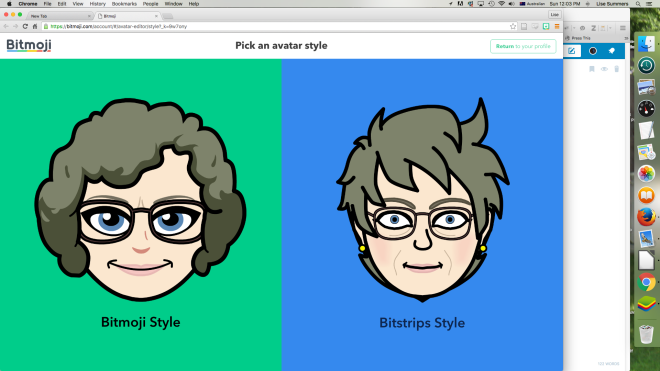(There’s this thing called #Glamblogclub, and it has a theme each month. I tried to resist…)
This time last year, I was getting ready for a year of academic freedom – time to think, to read, to nurture new professionals. I’d taken secondment from the State Records Office of WA, after four years of having a split personality, to take up a lecturing contract at Curtin.
I went to ResBazPerth and learnt a little about github and python, and realised I needed a research project or similar to make that learning stick. June saw me doing #blogJune, and act as a general data mentor for #GovHack, an experience that proved useful when it came time to work on the Curtin #Makathon, using cultural heritage data (it also got me thinking about the coding I’d learnt in February, again).
I thought about archives and digital scholarship, and access. I learnt that I like being a mentor and teaching face to face, but worry about the loneliness and neediness of the distance/online student. I like working with archives and answering queries. During the ASA conference in Parramatta, I learnt about community and connected archives, and did some connecting of my own, with old and new friends.
And Curtin has given me some great connections too, who supported me through some pretty tough times – with humour and cake and some fantastic projects. But it’s time to move on or back, and learn some new things. I’m not sure what 2017 has in store for me yet, but I’m guessing there will be archives and access and queries and cake, not to mention planning for the 2018 ASA conference in Perth.
 To do more, I needed to find a way to make the app work on my computer. So I’ve downloaded a program called Bluestacks, and I’ll give it a go.
To do more, I needed to find a way to make the app work on my computer. So I’ve downloaded a program called Bluestacks, and I’ll give it a go.